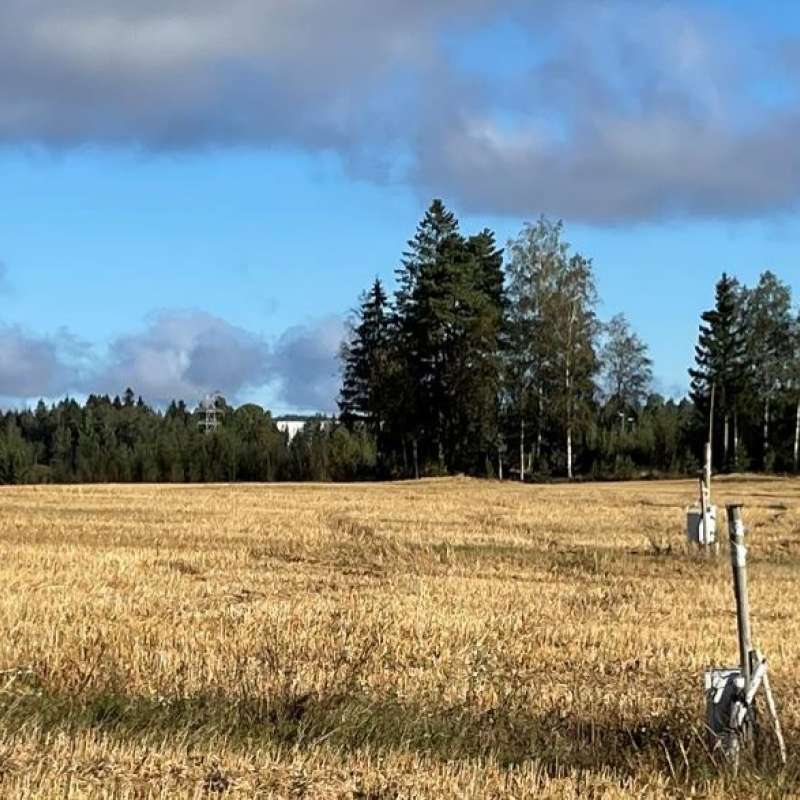Ari Hietala
Seniorforsker
Forfattere
Jarkko Hantula Malin Elfstrand Anne-Maarit Hekkala Ari Hietala Juha Honkaniemi Maartje Klapwijk Matti Koivula Juho Matala Jonas Rönnberg Juha Siitonen Fredrik WidemoSammendrag
Det er ikke registrert sammendrag
Sammendrag
Det er ikke registrert sammendrag
Til dokument
Forfattere
Wilson Lara Henao Rasmus Astrup Ari Hietala Kobra Maleki Helmer Belbo Clara Antón FernandézSammendrag
Det er ikke registrert sammendrag

